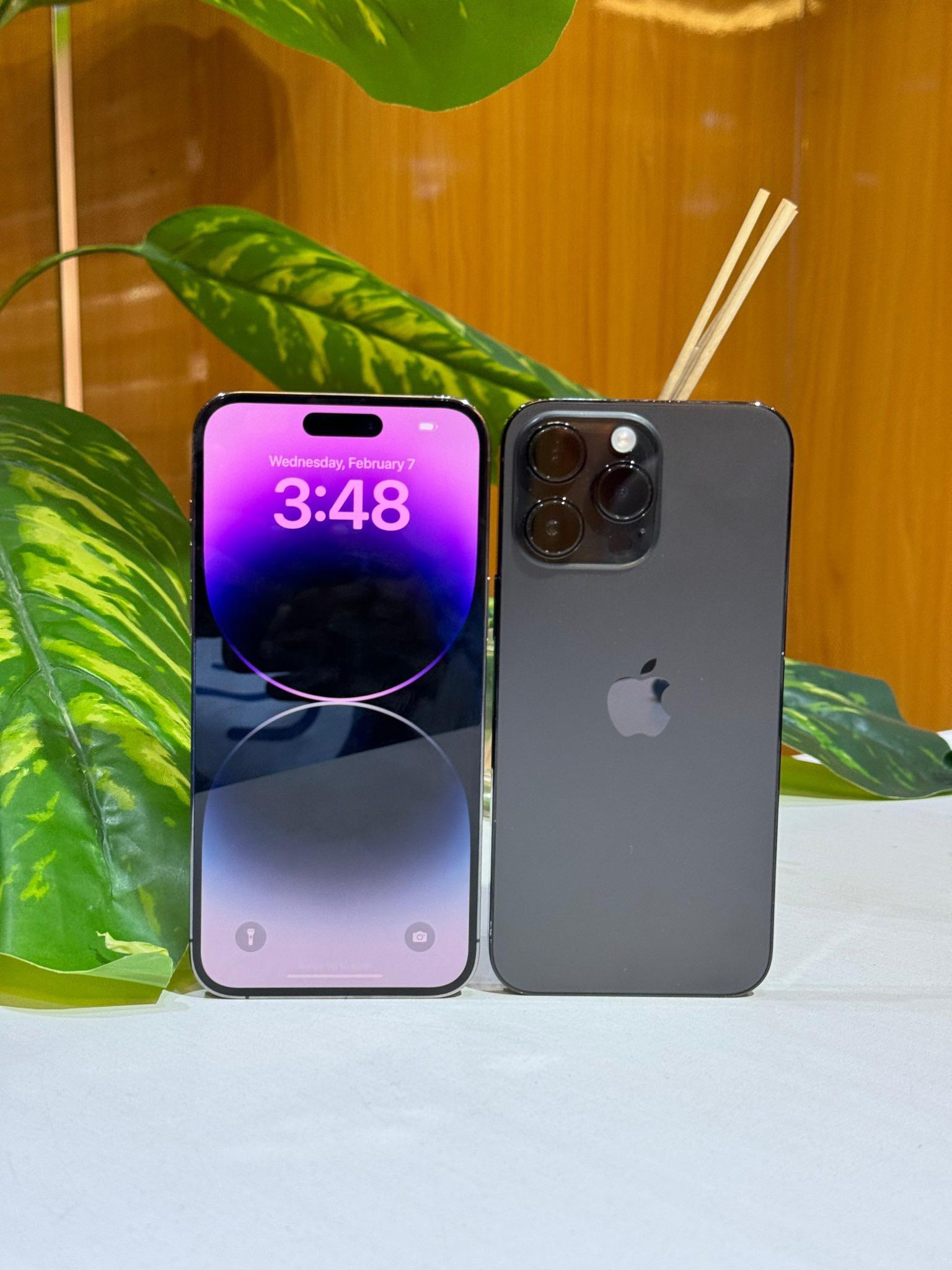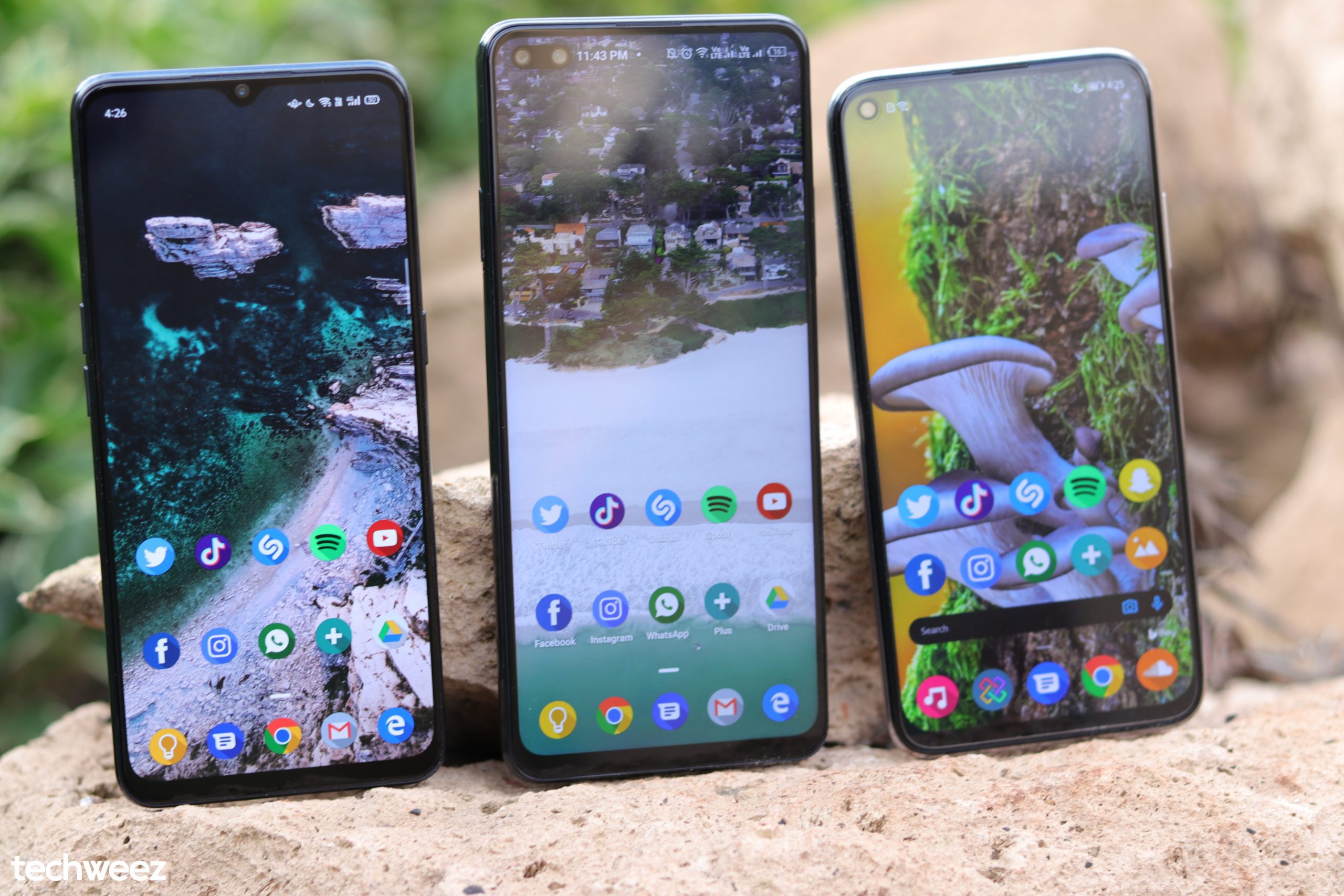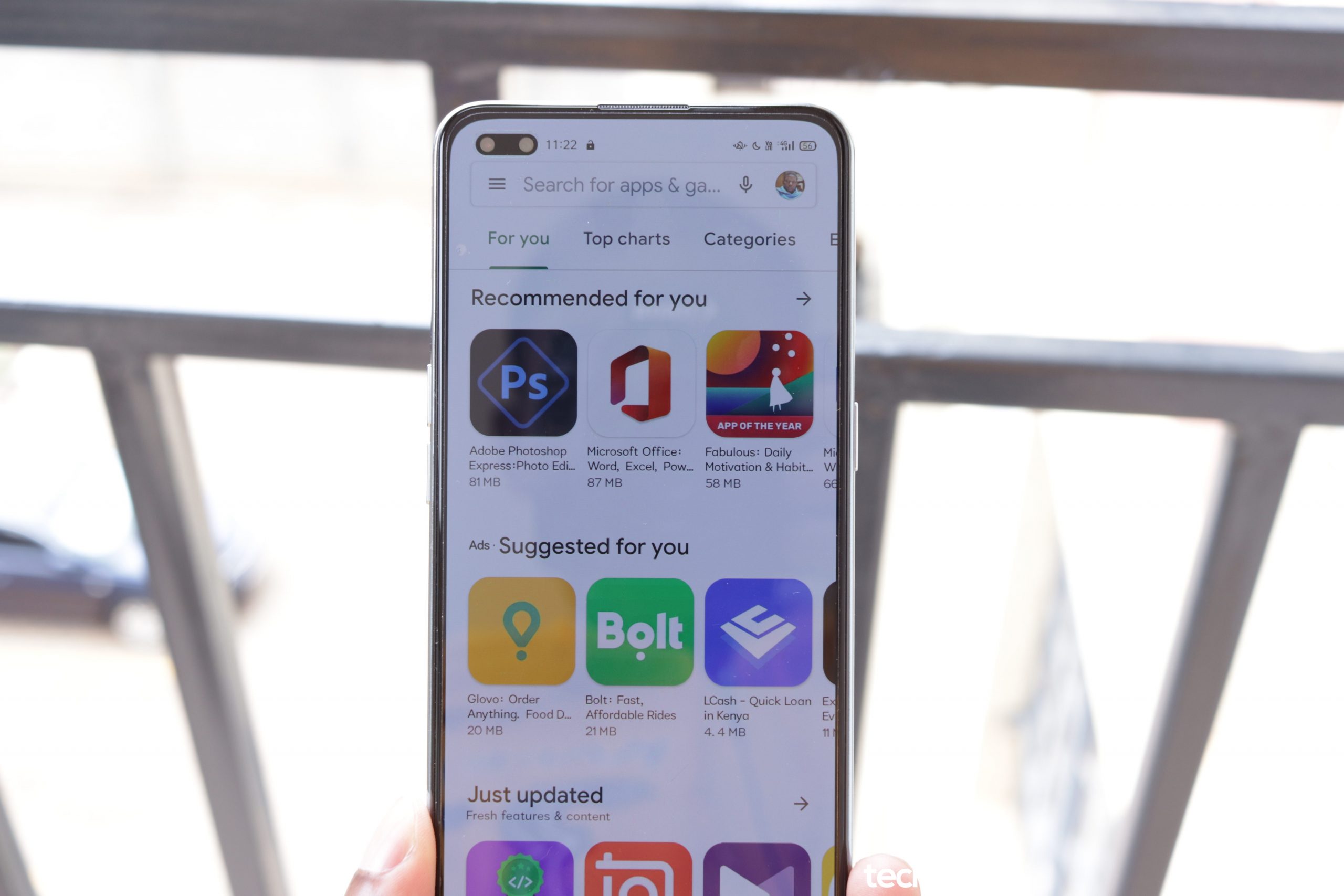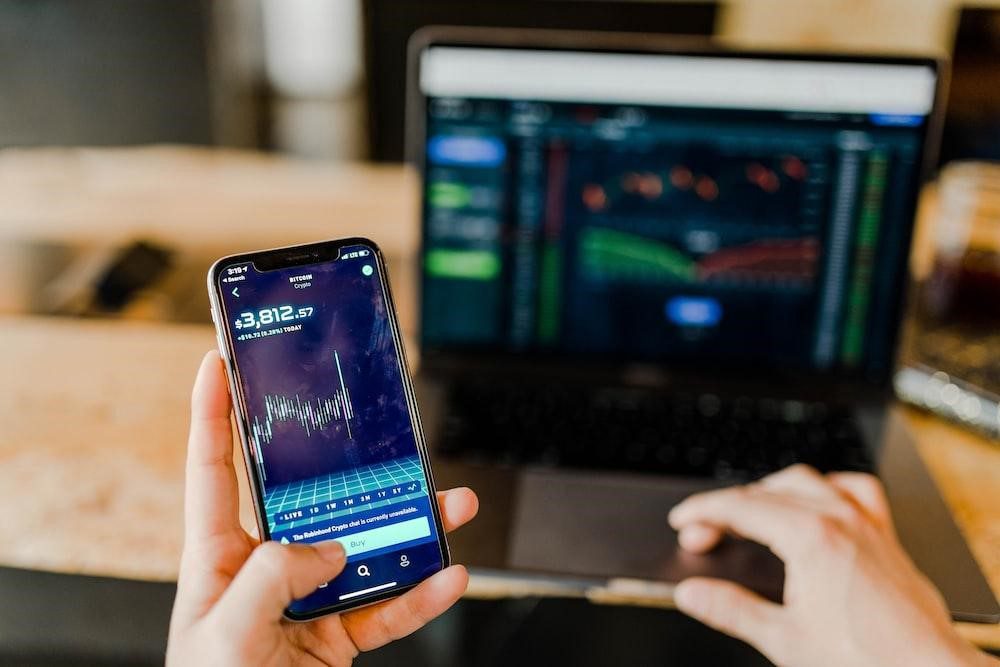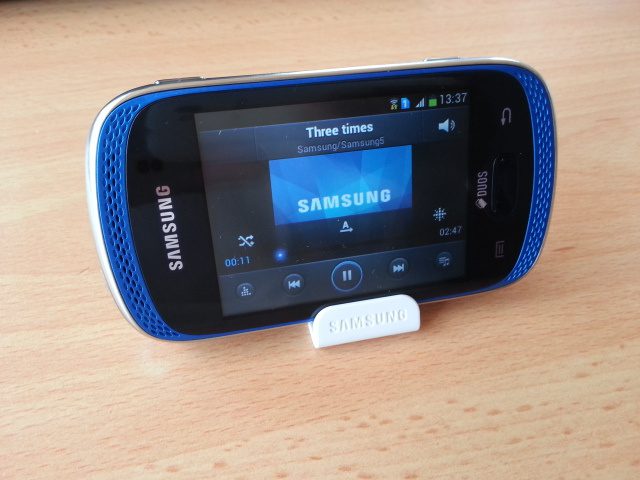Samsung Galaxy Music, as it’s name suggests is one device that was developed with music experience on mind. It was even developed with speakers spread out on the front at the top and bottom for stereo experience. The Galaxy Music is an entry level Samsung Android device running Android 4.0 and priced accordingly.
At launch it was selling at Kshs 14,000 ($164) in Kenya, it has gone down in price by now going by the previous offers by local retailers. Samsung had an offer on it where they bundled in a special case made for it to make the music experience better. It also came with a subscription to Mdundo music portal for up-to five songs free. This was by a scratch card inserted in the box on purchase. Galaxy Music was launched globally sometime in Q4 last year and has since become mainstream with most retailers already stocking it. Let’s go right into the product specifications to see what it’s about.
Galaxy Music Product Specifications
- 3 inch Qvga (240 x 320) TFT
- Android 4.0 Ice Cream Sandwich
- 3MP rear camera, video recording and playback is WVGA @25fps
- Bluetooth 3.0
- USB 2.0
- Wi-Fi, Wi-Fi direct
- Accelerometer, Digital Compass, Proximity
- 4GB User memory with support of 32GB microSD
- 512MB RAM
- 110.1 x 59.0 x 12.25mm, 106.9g
- 1300mAh Li-ion
Design
The Galaxy Music is designed for music, hence the front facing speakers being spread out on the top and bottom of the device. Samsung has a stand inside the box like the one on the image above to let it rest well on the desk for a great music experience. It has a stocky build and is 12.25 mm thick, for those who love a device whose presence you can feel in the pocket. It has the single physical home button flanked by the menu and back capacitive touch controls.
The speaker/earpiece panel is a nice blue colour (or whatever colour the device is) around the black screen panel that ha the Samsung word at the top and Duos at the bottom for the Dual-SIM version. At the bottom there is a single hole for the mouth piece, left has the volume rocker and the microSD slot that means you can do a hot swap of the memory card. Right has the power button and the music button.
The music button works even when the screen is locked, both an advantage and a disadvantage. When you need to play music you just press the button and it also comes in handy when you want to turn off the music on a locked screen, but when it’s in the pocket and you have other things in you will find instances where the button will be pressed and you will be the confused person wondering who’s phone is ringing.
At the top we have the microUSB slot covered in a fit-in cover and the 3.5 mm jack slot. The back is smooth and beautiful, even though it’s a finger-print magnet. Inside the back we have the SIM card slots hidden underneath the battery
Features and Performance
The Galaxy Music runs on Android 4.0 Ice Cream Sandwich which means the experience is quite superior and smooth. The 4 GB user memory is a good deal for the device which is entry level, and is complimented by the memory card slot, you can then proceed to install apps to the microSD to ease load on the internal storage. The 3 inch QVGA isn’t the most vivid display there is but on the 240 by 320 pixels screen it actually does show clear images, on lighter images you will actually see the individual pixels.
The device does have SIM card manager that allows you to choose what SIM card gets 3G while the other does 2G. You can only access internet on one SIM card at a go, but this is naturally handy when you have one mobile carrier offering goodies in data and the other with a nice voice proposition. You can also choose at SIM card manager whether you want the SIM cards always on or have one off-line and the other active.
The device as a music phone is brought out well by the 4 GB storage expandable to 32 Gb via microSD, the stereo speakers on the front of the device, the Galaxy Music stand that comes bundled inside the box- see image above- , the case that was also on offer in the early days for Kenya only and the music button on the side. These complement each other in that the music button is at the top when you dock the phone on the desk.
The camera, a 3 mega-pixels shooter is minus a flash, but at that price point this is rather expected, things in the mobile industry are quite unpredictable and you can actually see this trickle down even to feature phones. The images are quite pixelated and low resolution, you can make out clear shots in good lighting, indoors however will have noise in the images.
Battery
This low resolution plays a good keeper to the 1300 mAh battery that tends to be one strong point of this device. It’s capable of lasting you through the day quite comfortably, even with the Dual-SIM always on. Extras like Bluetooth, media consumption and heavy browsing like social media use will reduce that to around eight hours of optimal use, which is almost enough for the average person.
Conclusion
This is one device that for the entry level brought in a serious fight, it’s got all the basics, plus it’s a beautiful phone, you rarely get that catered for in the low end. The idea of Samsung bundling in the two stands makes the deal even better, for the time I have used it I loved using the stand when working, it passes for the docks that other high end phones have as accessories. Did I mention that it is one phone that will play the radio without needing the earphones as antennae? Well hear it from me, so this really is developed for the music experience, in Kenya, Samsung added the Mdundo music subscription to start you off.
It performs other tasks quite well, sound clarity is good, it even has two Motion driven features, shake to update when scanning for devices to connect to and turn over to mute or pause, a feature that we have come to love for the convenience of shutting down music or the ringer off a blaring phone in the wrong times.
